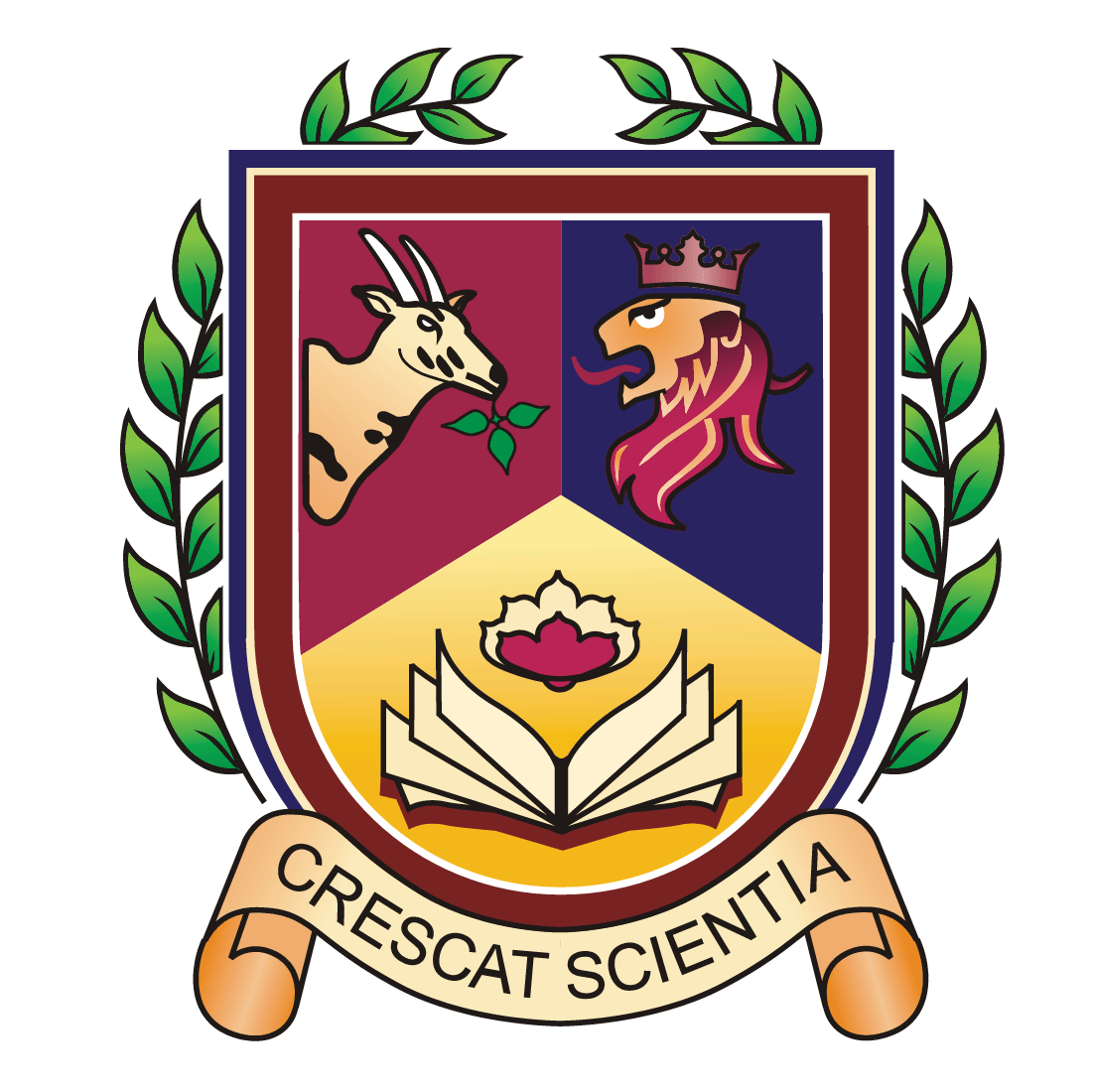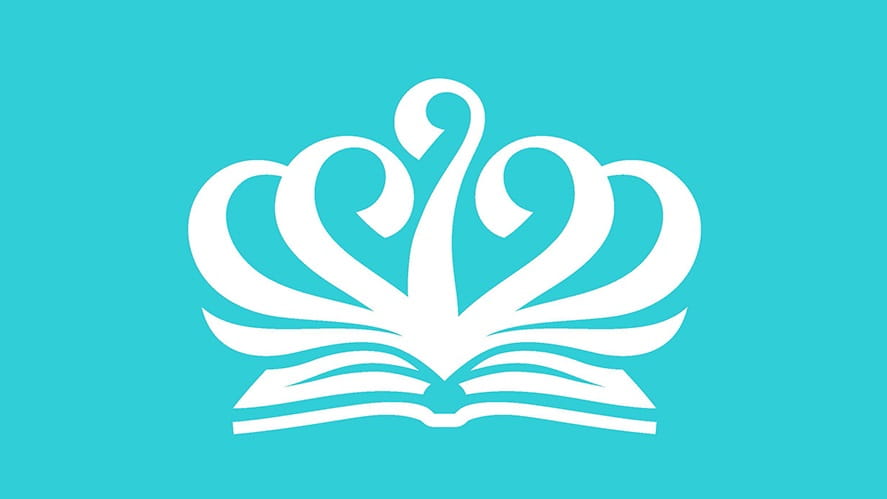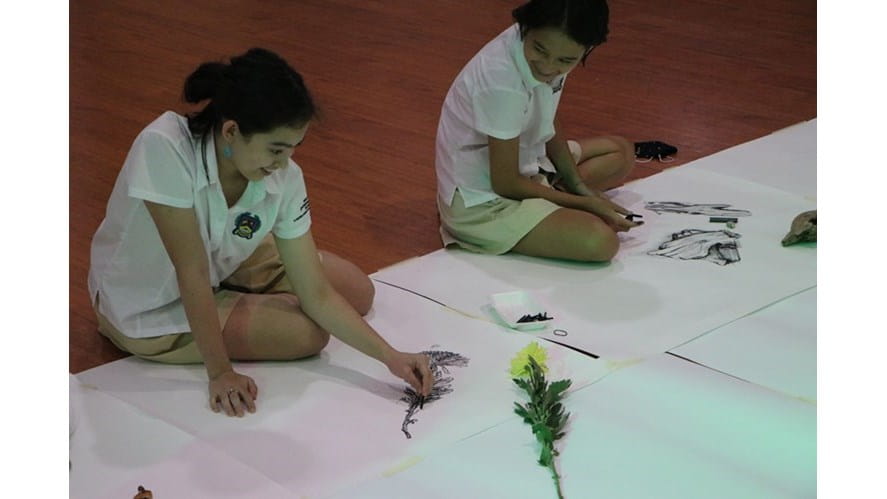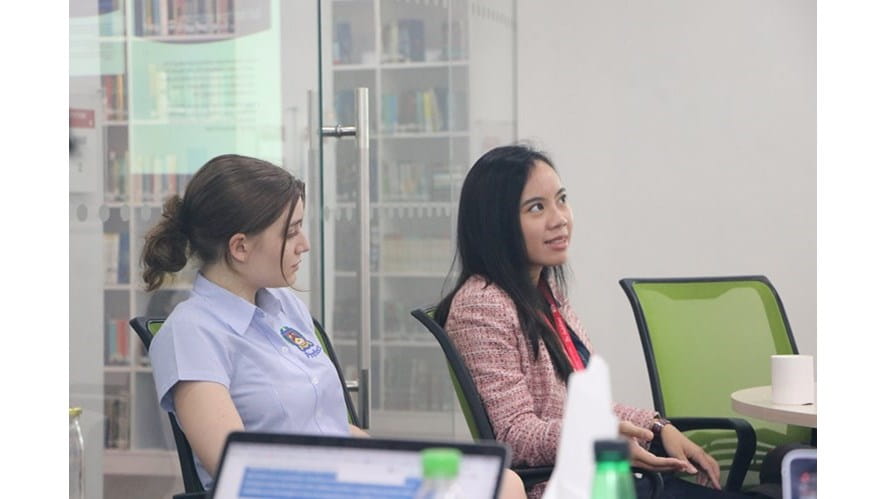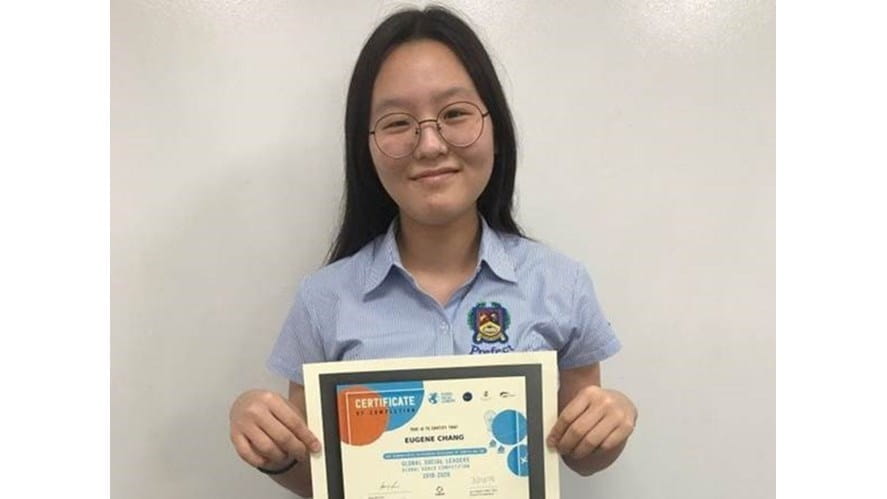Pepsi Factory Visit 2015
On Friday 30th of October, year 12 and 13 students of Business and Management and Design and Technology had the pleasure of visiting the Pepsico factory in the Amata Industrial Zone.
IB Business Management Factory Trip to Suntory Pepsi Beverages Vietnam(SPBV): The Dong Nai Factory
The Business Management Perspective
On Friday 30th of October, year 12 and 13 students of Business and Management and Design and Technology had the pleasure of visiting a factory in the Amata Industrial Zone. SPBV is a joint venture between Suntory and PepsiCo. The factory produces carbonated soft drinks, energy drinks, tea, water and juice.
On arrival they were enlightened with very detailed safety instructions by the head of security, and with an overview of the processes that take place in the factory. After being refreshened with SPBV beverages, the students had the privilege of taking a tour around the Pepsi factory to observe the inner-workings of production and ask questions related to the business and production of Sting, the energy drink. It was a remarkable experience for all - witnessing the mass production of thousands of drinks and more importantly, learning about the processes and technology that enable such efficiency. Overall, the trip was a great experience in many ways - not just from an educational standpoint but also as an opportunity to take a short break from the intense IB regime.
David Bern / Year 13
The Design Technology Perspective
On the 30th of October, the Design Technology and Business Studies students of the Sixth Form went on a day-trip to the SPBV factory of Ho Chi Minh City. Arriving at the destination, we were first welcomed by the Production Team, where we were introduced to many different staff and stakeholders of the factory. We were introduced to a number of employees whom briefly talked to us about the business and the plant. Afterwards, the Director of the Factory gave a long, informative speech about the plant itself, SPBV as a business, and many more issues relating to their factory. We asked specific questions that would allow us to know more about the firm. After the presentation, we were split into 2 groups for a tour of the factory, which was a great experience. Even though there was an unbearable heat, we thoroughly enjoyed the tour seeing crazy-complicated machines manufacturing SPBV beverages.
Felix Robineau / Year 12
Producing bottles at the rate of 48.0 per hour is a truly astounding amount and it was a moment of awe for me. During our trip, we were able to witness the beverage production as we cruised through the production lines under sweltering hot conditions. We only toured for about 30 minutes but the workers have to complete 8 hour shifts in the same conditions! What I found mind-blowing was the method of production used to make the PET bottles. The bottles are produced from pre-forms and are made at the rate of 800 a minute. Moreover, we also gained knowledge of how the beverages, that we usually take for granted are produced through many complex procedures. The staff at the factory welcomed us with open arms. The overall experience was phenomenal.
Ania Tran / Year 12
I found the visit to SPBV very interesting. We arrived after an hour long journey by bus and were given a visitors pass. We then listened to the introduction which included safety information, what they produced and how they purified the water that they use for their drinks.
We were given some visibility vests and hair nets, split into two groups and taken on a tour of the factory. We were first introduced to the process of how the bottles are made. The bottles come in plastic preforms, which looked like a test tube. The pre-forms are gradually heated it up and air is pumped into the pre-form under great pressure to form the finished bottle. They produce around 69,120,000 bottles a day, which are then moved through rotary conveyors where the bottles are filled, labeled, sealed and put into boxes. Quality control checks are used to make sure the beverages are of the highest standard possible. If they do not match the criteria, they destroy the bottles and dispose of the contents. The bottles are then sorted and packaged ready for distribution. Going to SPBV was an interesting trip for experiencing the scale and speed of the operation.
Paul Rudert / Year 12


